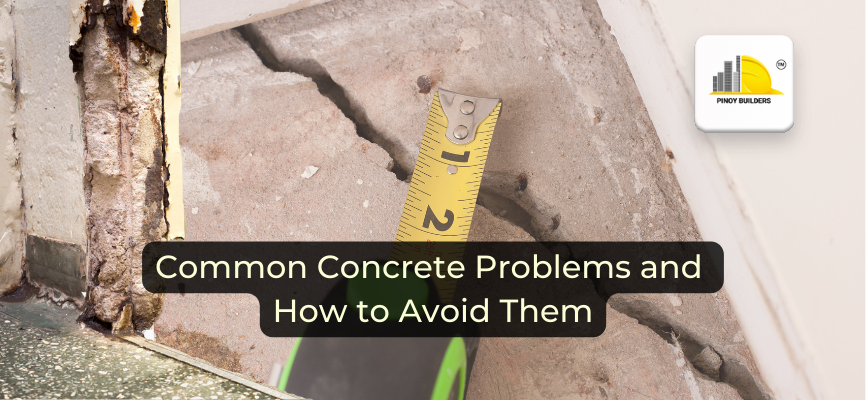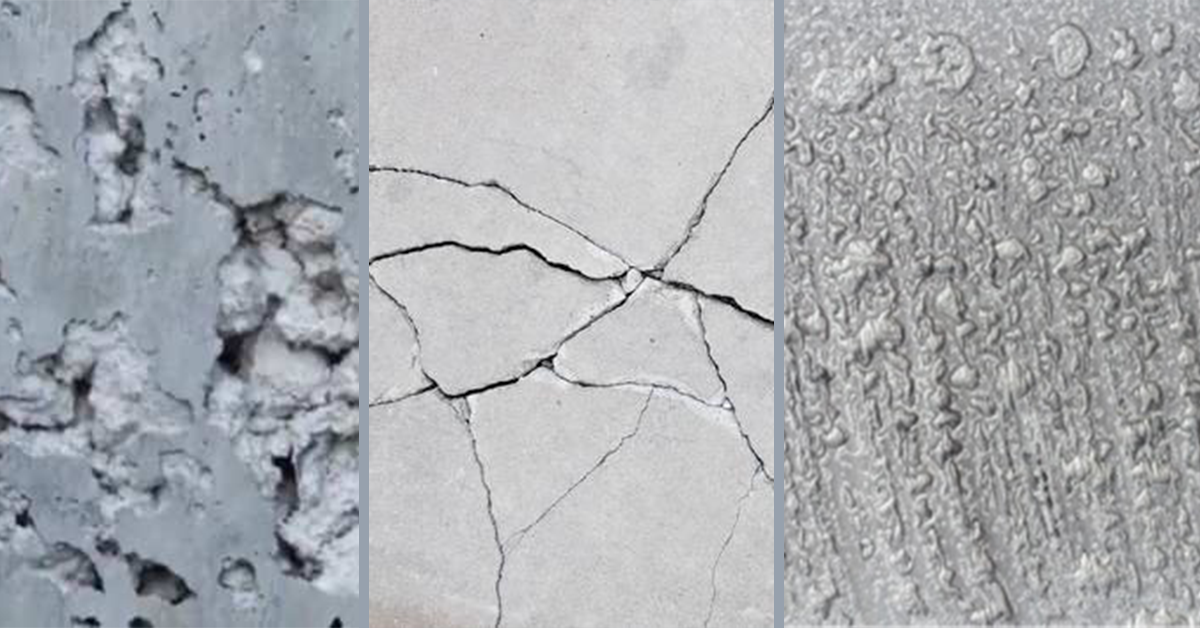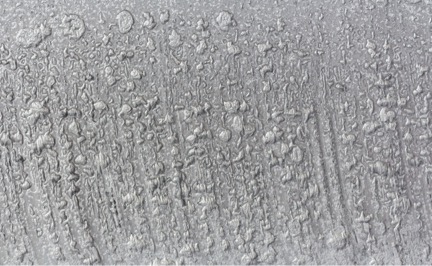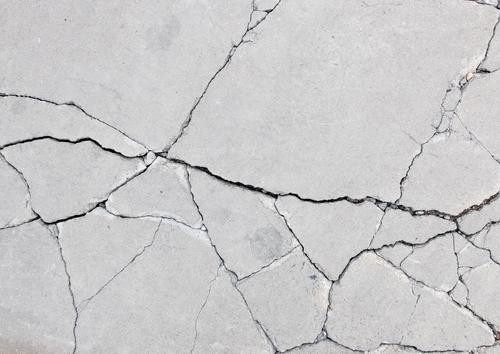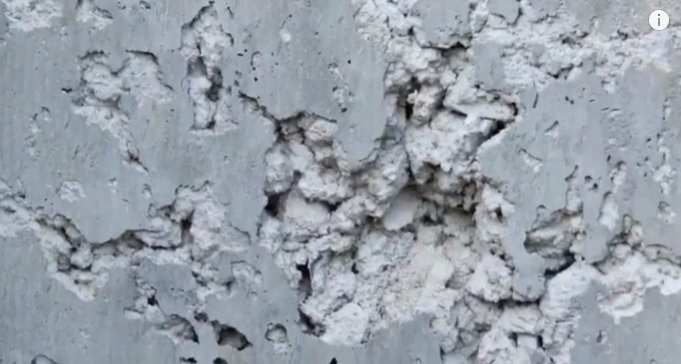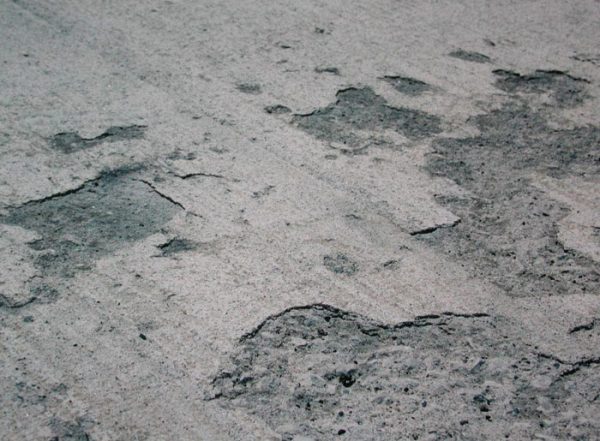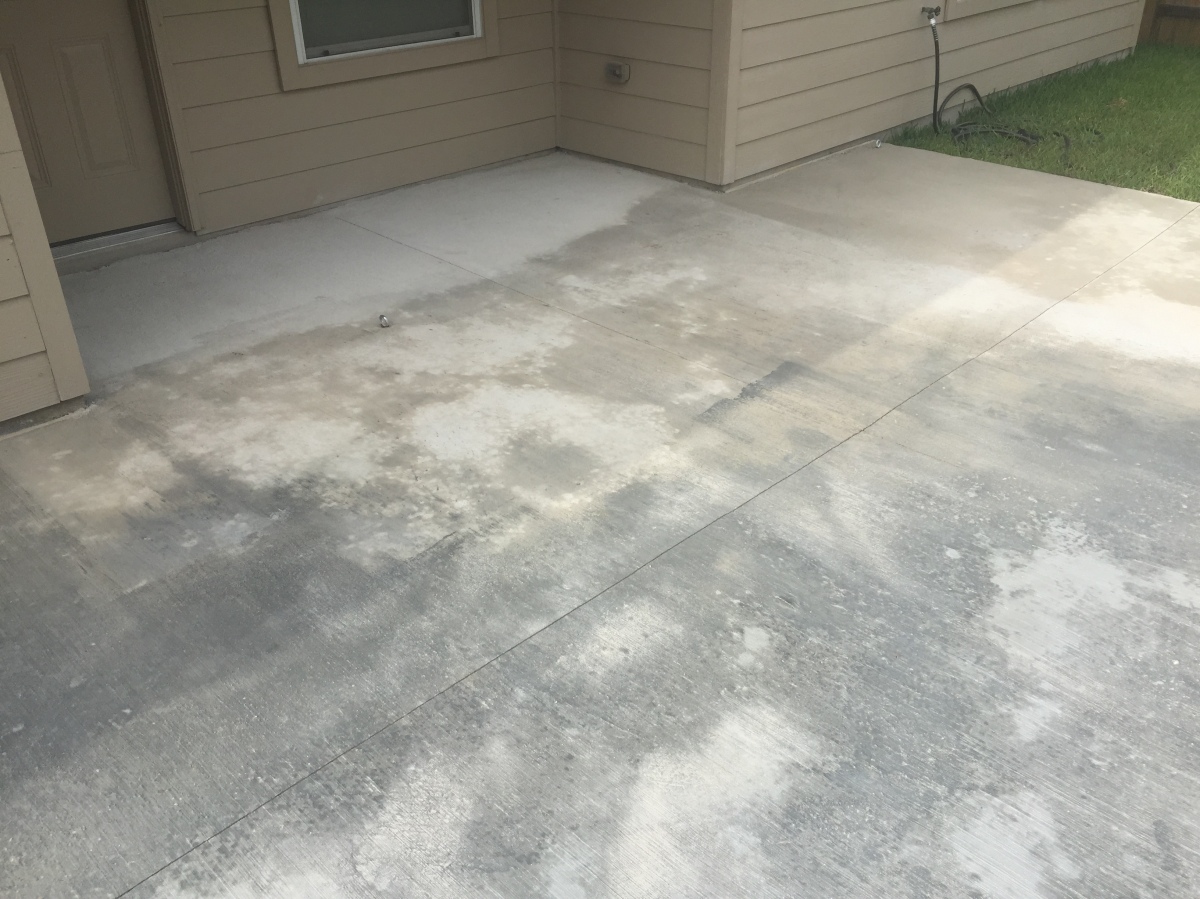Concrete is widely used in domestic, commercial, recreational, rural, and educational construction. We rely on concrete for safe and strong building material.
In using concrete for any construction project, there are a lot of considerations to come up with a durable and high-quality concrete. But despite its durability, it can also be damaged by weather and time. When these problems occur and concrete starts to deteriorate, you must first identify the root cause of it so you can have a process to follow.
To help you with some of the common concrete problems that you might encounter, here are some troubleshooting tips to prevent them.
Blistering
Many are probably familiar with this type of concrete problem. Blistering is when an irregular raising of a thin layer occurs at the surface of place mortar or concrete during or soon after the finishing operation is completed.
These blisters are formed when either bleed water or entrapped air is prevented from escaping the concrete. It typically happens when the concrete’s top surface is sealed prematurely in the finishing operations.
Photo Courtesy: Edens Structural Solutions
How to avoid blistering:
Utilize proper concrete consolidation practices and proper finishing tools. Keep the troweling blades as flat as possible to avoid sealing the surface prematurely. You must also place concrete during periods of lower surface evaporation. Also, you may consider using chemical accelerators to reduce the set time of the concrete.
Cracking
The cracking of concrete is unpreventable but can be controlled. It’s also one of the main problems with concrete. It can be the result of one or a combination of factors such as thermal contraction, drying shrinkage, subgrade settlement, or even applied loads.
A crack in a wall is considered acceptable if it is not structural, not too wide, or is not leaking water. Although the acceptable crack width is subjective, it still could range from 1/16” to ¼”.
Photo Courtesy: Concrete Renovations
How to avoid cracking:
You must remove topsoil, soft spots, and organic material in the subgrade and compact all loose soil underneath the concrete slab. For proper drainage, you must also slope the subgrade. As applied loads are one of the causes of concrete cracking, designing a flexible concrete pavement to accommodate load and movements is helpful. Remember also not to finish concrete if it has not finished bleeding and do not overwork any concrete surface.
Honeycombing
This type of concrete problem is void left in concrete due to the failure of mortar to effectively fill the spaces among coarse aggregate particles. It usually happens when the concrete is allowed to segregate due to obstructions in the flow of concrete during placement or due to inadequate consolidation techniques after the concrete is placed. This problem can be either a cosmetic or structural defect in the final product.
Photo Courtesy: Civil Engineering Notes
How to avoid honeycombing:
For this concrete problem, you might need to be working with your engineer and the reinforcing steel contractor. This is to minimize restrictions due to reinforcing steel which may include resizing of the rebar and avoiding rebar lap splices in key structural areas. Ensure also that optimum concrete vibration practices are followed. Allow also the contractor to select the appropriate concrete slump for the placement technique being utilized.
Scaling
Scaling is the local flaking or peeling away that you see of the near-surface portion of hardened concrete or mortar.
This happens when small patches of the concrete surface debond from the concrete due to freeze-thaw exposure. These localized patches can merge together and may produce large-scaled areas.
Scaling is more likely to occur when the concrete does not have sufficient air entrainment. It’s also possible to happen if the concrete has not been properly cured or it is exposed to deicing chemicals of any type.
Photo Courtesy: Steve’s U-Cart Concrete, Inc.
How to avoid scaling:
Ordering and placing the proper concrete for the application plays a crucial role to avoid scaling. Concrete must also be properly cured. Avoid also the use of deicing chemicals that chemically attack concrete. Proper use of concrete sealers can be considered to reduce the absorption of moisture and chlorides into the concrete.
Discoloration
Discoloration is the non-uniformity of color hue on the surface of single concrete placement. It can take many forms in concrete, such as gross color changes over large areas of concrete. Usually, discoloration is caused by significant changes to the mix design related to the raw materials. It is more likely to occur also if chemical mixtures such as calcium chloride are used in the concrete.
Photo Courtesy: ConstructionMentor.net
How to avoid discoloration:
Do things at the right time! Conduct finishing operations at the correct time. Early finishing might elevate the water or cementing materials ratio at the top surface and lighten the color; while late finishing may darken the color on the other hand. You must also implement a uniform curing system for the necessary time period and avoid uneven curing as it directly affects the degree of hydration of the cement and the color of the concrete.
RELATED ARTICLES:
Have you encountered these 6 types of cracks in concrete slab floors?
Steel vs. Concrete Beams: Advantage and Disadvantages
Hollow Concrete Blocks: All You Need to Know!
CITATIONS:
Rodriguez, J. (2019, December 20). How to Solve Common Concrete Problems. The Balance Small Business. https://www.thebalancesmb.com/common-concrete-problems-844465
CONCRETE CONSTRUCTION TROUBLESHOOTING TIPS. (n.d.). RMCAO. Retrieved September 15, 2021, from https://3qcake159kca33qhh23so84g-wpengine.netdna-ssl.com/wp-content/uploads/2014/09/Troubleshooting-Tips-2013r.pdf
![]()


